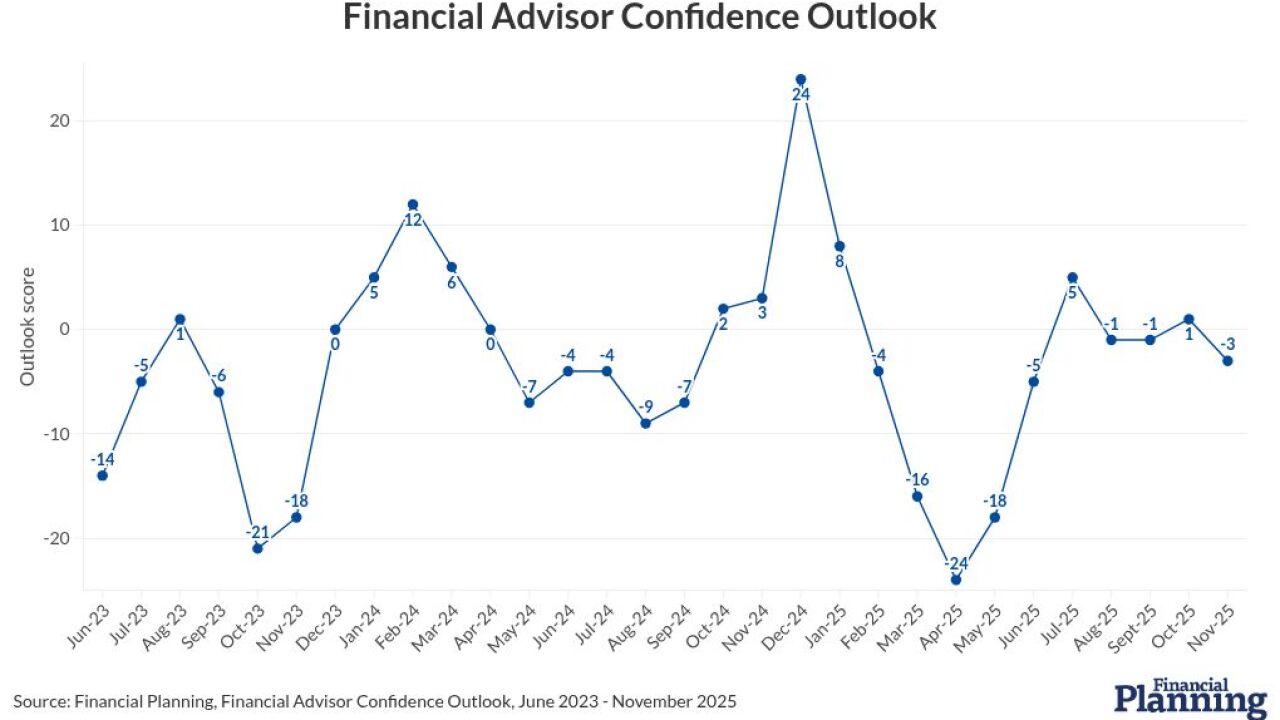Lets just admit it. The words "indexed annuity" make advisors cringe.
It evokes a visceral response, a nervousness that is rooted, perhaps, in a feeling of complacency that this cannot possibly be an appropriate choice for clients. I'd like to help open your eyes to a world that from my experience, most advisors have very little exposure to.
The fact is that people tend to fear what they dont know and the truth is you likely dont know the history of indexed annuities because it has only just started to be embraced as a viable planning option in recent years.
The indexed annuity has been around since Feb. 15, 1995 when it was first introduced by Keyport (who became SunLife) as a product that offered a retiree a conservative growth option. A Chicago Tribune article described the product a few months after its creation as a "'bridge' between a fixed annuity, which like a CD, guarantees a set rate of return for a set number of years, and a variable annuity, in which the return depends on the performance of underlying mutual funds." At this point in time the Indexed Annuity was a little known entity, and the jury was out on its value for clients. Fast forward to 2013 and hundreds of indexed annuity options exist. Does this mean they are a viable option for advisors to present to the right types of clients? To find out, we must begin by examining some statistics on how this niche industry has evolved over the last decade, to see what has changed.
Check out some statistics from Wink's Sales & Market Report from close of business 2012 versus a decade before for the indexed annuity industry
THEN: Fourth Quarter 2002
- Quarterly sales were $ 3,428,732,512
- Top three carriers held 59.5% of the market share
- Independent agents sold 97.4% of indexed annuities
- 69.9% of sales were in products that were longer than a 10-year surrender charge
- The weighted average street level commission, based on sales, was 9.96%
- The average indexed annuity premium was $36,384
Now: Fourth Quarter 2012
- Quarterly sales were $ 8,548,158,718
- Top three carriers held 38.4% of the market share
- Independent agents sold 87.0% of indexed annuities
- 22.0% of sales were in products that were longer than a 10-year surrender charge
- The weighted average street level commission, based on sales, was 6.09%
- The average indexed annuity premium was $69,454
As the industry has matured, gone are the days of ultra long-term products and double-digit surrender penalties that many advisors recount tales of as if trapped in a grisly horror movie and rightfully so. In fact, many of the largest variable annuity carriers of the past have taken a new look at the indexed annuity market space as the "Great Recession" has put a serious squeeze on pricing lifetime income and death benefit guarantees on a product that can fluctuate in value. The Hartford, Axa Equitable, and Transamerica have even gone to the extent of offering "early buyouts" to variable clients who elect to surrender their pre-2008 variable contracts with rich income guarantees.
So the question for advisors who are doing commission based business becomes, "Where do I go if I want to take a look at how indexed annuities compare to my current product options?"
I can tell you there are no black and white rules. I would challenge you to do your due diligence. Just as many of you analyze prospective client's portfolios via Morningstar or other analytic tools, why would you treat your annuity product offerings any different? At the end of your analysis, if you find a better fixed income solution (as many advisors have) for your clients, seek out how to make this option available to them.
Brad Johnson is vice president of marketing at Advisors Excel, an independently owned marketing organization focused on helping some of the countrys most elite financial advisors.





